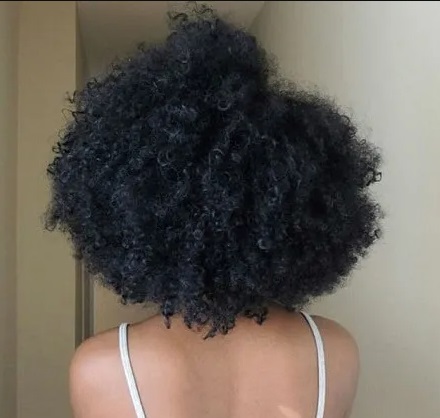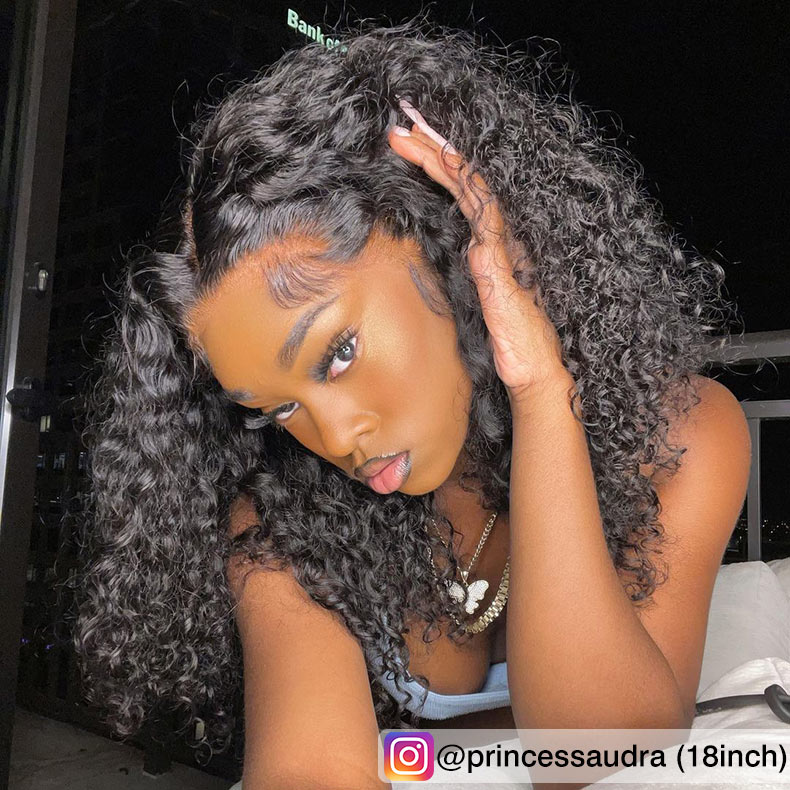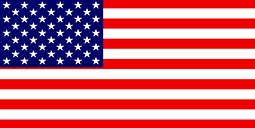Tips For Low Porosity Hair Care
Low porosity hair refers to hair that has cuticles that lie flat, making it difficult for moisture to penetrate the hair shaft. It is imperative to note that hair porosity is not a permanent state and can change due to genetics, damage, chemical treatments, and environmental factors. You can improve your low porosity hair with the right products and proper maintenance. In this post, we will share exactly what low porosity hair is and how to care for it.
What is low-porosity hair?
Low porosity hair refers to hair that has a hard time absorbing moisture. The cuticles of low porosity hair lie flat, making it difficult for water and other products to penetrate the hair shaft. As a result, low porosity hair can be more prone to dryness and breakage.

What does low porosity hair look like?
To know if you have low porosity hair, check if your hair has the following characteristics:
- If your hair appears shiny and healthy on the surface but is dry and brittle underneath, your hair may be low porosity.
- If your hair is difficult to wet and often takes a longer time to dry, your hair may be low porosity hair.
- Low porosity hair feels rough and coarse to the touch.
- Low porosity hair is resistant to hair color and other chemical treatments.
- Low porosity hair is prone to buildup, which can make hair look dull and lifeless.
It is imperative to note that the above characteristics can be the result of various reasons, not just porosity itself.

How do you know if you have low porosity hair?
There are a few ways to determine if you have porosity hair:
- The Float Test: Take a strand of your hair and drop it into a cup of water. If the strand floats, it means your hair has low porosity and does not absorb moisture easily. If it sinks, it means your hair has high porosity and absorbs moisture easily.
- The Elasticity Test: Take a strand of your hair and gently stretch it. If it stretches easily and bounces back to its original shape, it means your hair has low porosity. If it stretches and breaks easily, it means your hair has high porosity.
- The Touch Test: Take a strand of your hair and gently rub it between your fingers. If it feels rough and dry, it means your hair has low porosity. If it feels soft and smooth, it means your hair has high porosity.
- The Styling Test: If you find it difficult to style your hair or it takes a long time for your hair to dry, it may indicate that your hair has low porosity. If your hair dries quickly, it may indicate that your hair has high porosity.
How to care for low porosity hair?
If you have low-porosity hair, it's imperative to use products and techniques that are specifically designed to help moisturize and nourish your hair. This may include using heat to open the cuticles, applying lightweight oils and leave-in conditioners, and avoiding heavy styling products. Here are a few tips for caring for low porosity hair:
- Avoid using hot water when washing your hair. Instead, use lukewarm water to help open the cuticles and allow products to penetrate the hair shaft.
- Use a deep conditioning treatment at least once a week. Deep conditioning treatments can help moisturize and nourish low porosity hair.
- Avoid using heavy oils and silicones on your hair. These products can build up on the hair and make it more difficult for moisture to penetrate the hair shaft.
- Use a leave-in conditioner or light oil to help seal in moisture regularly.
- Avoid using high heat when styling your hair. This can cause hair to become dry and brittle.
- Use a wide-tooth comb or a detangling brush to comb through your hair regularly, especially when it is wet. This will help minimize breakage and damage to the hair.
- Avoid using sulfates and other harsh ingredients in your hair care products. These can strip the hair of its natural oils and make it more difficult for moisture to penetrate the hair shaft.
The above-mentioned tips can help keep low porosity hair moisturized and healthy.

Low Porosity Hair FAQs:
Q: How often should I wash low porosity hair?
A: Low porosity hair should be washed every 7-10 days. This is because low porosity hair tends to have a more closed cuticle layer, which means that it does not absorb moisture as easily as other hair types. Washing too frequently can strip the hair of its natural oils and cause dryness and damage. Additionally, low porosity hair tends to be more resistant to build-up, so it does not need to be washed as often as other hair types to maintain cleanliness. It is recommended to moisturize low porosity hair at least once a week, but it can also depend on your hair texture and the climate you live in. If you live in a dry climate or have dry, damaged hair, you may need to hydrate more frequently. It is also critical to remember to seal in the moisture with natural oil or leave-in conditioner after moisturizing.
Q: Should low porosity hair be rinsed with cold water or hot water?
A: Low porosity hair should be rinsed with lukewarm water. Lukewarm water helps to seal the cuticle of the hair, which helps to keep moisture in and prevent damage. Hot water can open the cuticle, which can lead to dryness and damage.
Q: Can low porosity hair be straightened?
A: Yes, low porosity hair can be straightened. However, it may take more heat and time to straighten, as the hair may be resistant to heat and moisture. It is imperative to use a heat protector and not use excessive heat to avoid damaging the hair. Consultation with a professional stylist is recommended for the best result.
Q: Does low porosity hair need protein?
A: Adding protein properly can help strengthen low porosity hair and make it more resistant to damage. However, it is imperative to use protein treatments in moderation and to balance them with moisture-rich products to avoid over-proteinizing the hair, which can lead to dryness and brittleness. It is always recommended to consult a professional hair stylist to get the most appropriate possible hair care plan according to your hair type.
Related Posts:
5 Easy ways to take off a lace front wig
5 Easy Hairstyles To Hide Hair Extensions

 USD
USD EUR
EUR GBP
GBP CAD
CAD












